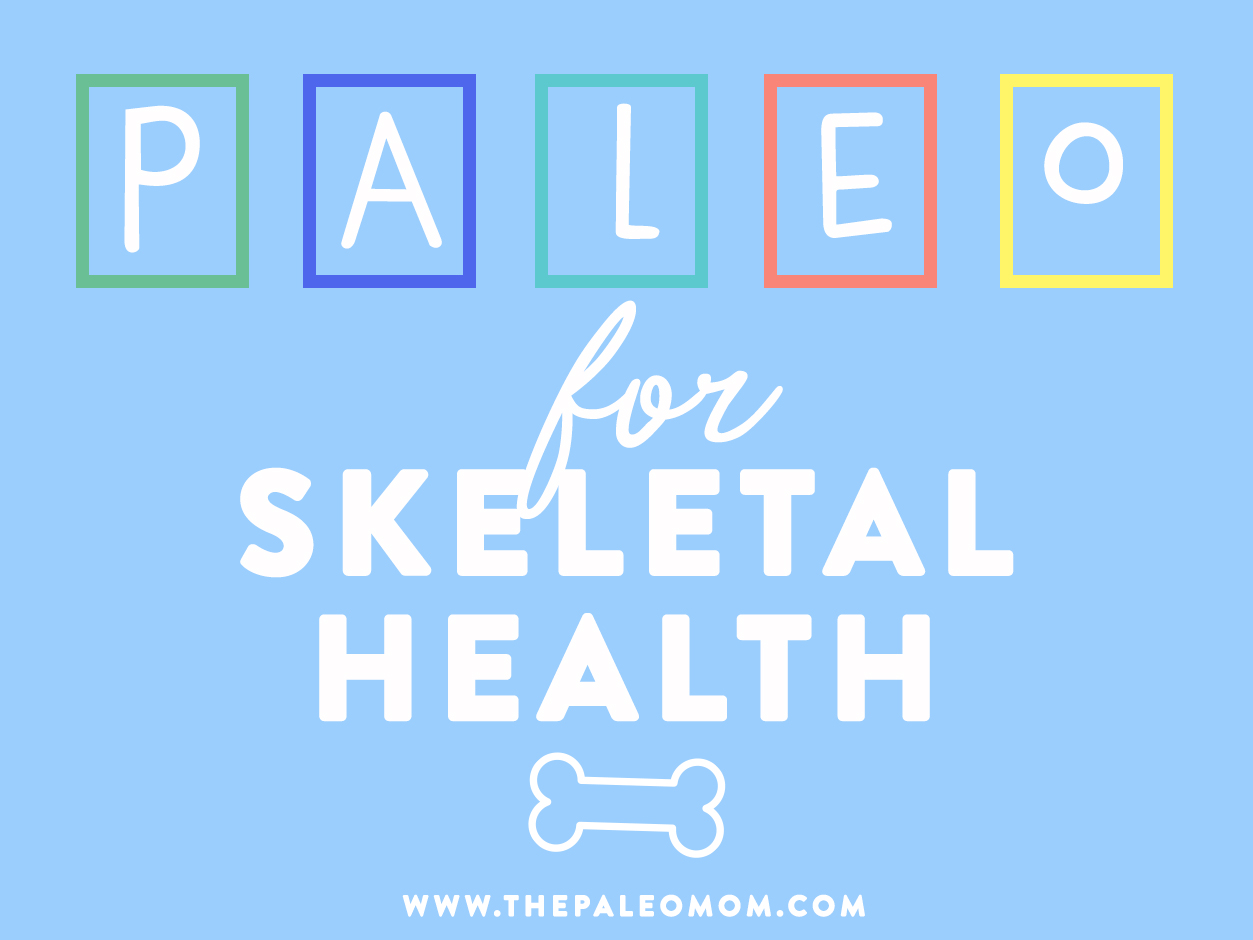November 2019
Stephen Bassey Coco-Bassey, Enosakhare A. Asemota, Henshaw Uchechi Okoroiwu, Joyce E. Etura, Esienanwan Esien Efiong, Imeobong J. Inyang & Emmanuel K. Uko
Abstract
Background
Despite the numerous intervention programmes, HIV still remains a public health concern with a high impact in Sub-Saharan Africa region. Oxidative stress has been documented in HIV subjects as viral infection promotes prolonged activation of immune system, hence, production of increased reactive oxygen species.
Methods
We studied 180 subjects. Of these, 60 were HIV-infected on antiretroviral therapy (ART), 40 were ART naïve HIV-infected and 80 were apparent healthy non HIV-infected subjects. The complete blood count was performed by automated hemoanalyzer, the CD4+ T-cell count was performed by cyflow cytometer, while the antioxidant assay was performed using ELISA technique.
Result
All evaluated parameters; glutathione (GSH), glutathione peroxidase (GPX), CD4+ T-cell count, haemoglobin (Hb), total white blood cell count (WBC) and platelet count were significantly (P < 0.05) reduced in the HIV-infected subjects. All assessed parameters were found to be significantly (P < 0.5) reduced in the HIV-infected subjects that are ART naive when compared with those on ART.
HIV-infected subjects with CD4+ T-cell count < 200 cells/mm3 had significantly (P < 0.05) reduced values in all assessed parameters when compared to those with CD4+ T-cell count ≥200 cells/mm3. GSH and WBC were found to be significantly (P < 0.05) increased in the female HIV-infected subjects when compared with the male counterpart.
Anemia prevalence of 74 and 33% were recorded for the HIV-infected and control subjects, respectively. Gender and ART treatment were found to be associated with anemia in HIV. Male HIV-infected subjects on ART were found to be more likely to have anemia.
Conclusion
Antioxidants; GSH and GPX were found to be significantly reduced in HIV infection. Further probe showed that the antioxidant status was improved in the HIV-infected group on ART.









/chimichurrichickenbreasts-56a0765a5f9b58eba4b0a833.jpg)

